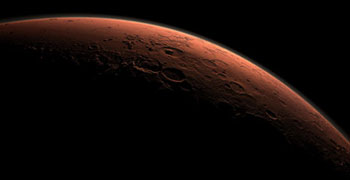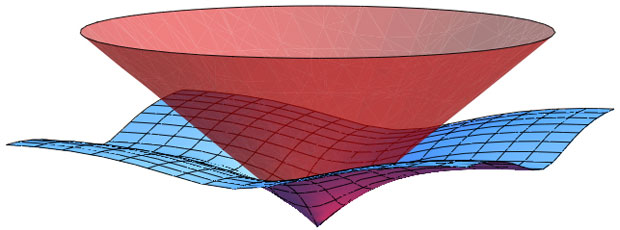Apps are threatening to relegate favorites and software to the recycle bin.
MwTTechnology All Things Appy looks at the best apps for our mobile
devices today. This week, our focus is on entertainment apps for the
Windows 8 ecosystem.Windows 8, Microsoft's latest operating system, has its own app library. In many cases, these apps can replace now-aging bookmarks or favorites, and the software that we used to install from floppies, CDs or downloads.
Windows 8 apps are often usable on both desktop or laptop PCs, as well as tablets. Navigation tricks include swiping up from the bottom, or right-clicking with a mouse to reveal app command tools.
About the Platform
Apps can be downloaded from the Windows 8 Store, which is reachable only on machines running Windows 8. Click on the Start page store tile and browse to the category you'd like to view.
Alternatively, move your mouse or finger to the bottom-right corner of the screen and choose the Search charm's icon.
No. 1: TuneIn Radio

The TuneIn app is rated 3+ stars out of a possible five with 1,221 ratings in the Windows 8 Store.
MwTTechnology.............
TuneIn lets you listen to 70,000 global radio stations, and the Windows 8 tile-like interface is suited to browsing across genres and by locality.
While playing, the app is good looking and easy on the eyes. Music, sports, news and current events are available live and on-demand by episode.
Searching is via the Windows 8 Search charm, which takes a bit of getting used to. Favorites can be pinned to Start.
No. 2: Kindle

Kindle is rated three stars out of a possible five with 1,469 ratings in the Windows 8 Store.
MwTTechnology............
You can have a million books in the Kindle store synced to your Windows machine.
Sign in with an Amazon account, and your books sync across devices.
There's still no in-app Kindle book store, though. As with other Kindle apps, this one throws you head first into the messy Amazon website, but it's an elegant reading interface nonetheless.
It sports an excellent static tile pin-to-Start screen feature for individual books.
No 3: NBC News

The NBC News app is rated 3+ stars out of a possible five with 328 ratings in the Windows 8 Store.
MwTTechnology............
Read and watch the news -- NBC use the term "fluidly" in its blurb.This app gives you customizable Favorites tiles that include MSNBC video genres such as World, as well as U.S. video news snippets. Articles are cached offline.
With its colorful tiles, this is a must-have app, but an inexplicable lack of full-length shows like NBC Nightly News, and a static start page tile make this a MwTTechnology............runner-up.
No. 4: ABC Player
This ABC Player app is rated 2+ stars out of a possible five with 467 ratings in the Windows 8 Store
MwTTechnology............
This app provides access to full-length, advertising sponsored, recent episodes of ABC shows like Nashville, Modern Family, Happy Endings, Revenge, and Dancing With the Stars -- all for free.
If you like that kind of thing, this app will keep you entertained for as long as your device or laptop batteries last.
MwTTechnology............
No. 5: NickThe Nick app is rated four out of a possible five with 193 ratings in the Windows 8 Store.
SpongeBob and Teenage Mutant Ninja Turtles are among the characters found in this Nickelodeon app.
MwTTechnology............ isn't suggesting you regress to your childhood; however, this app is a must-have to occupy the kids.Animated clips and childishly amusing videos are interspersed with games including Spongebob's Jellyfishin' Mission.
Charge your batteries, obtain an Internet connection, and don't leave on a family trip without it.
FOR
MwTTechnology



